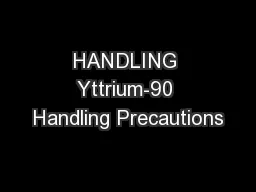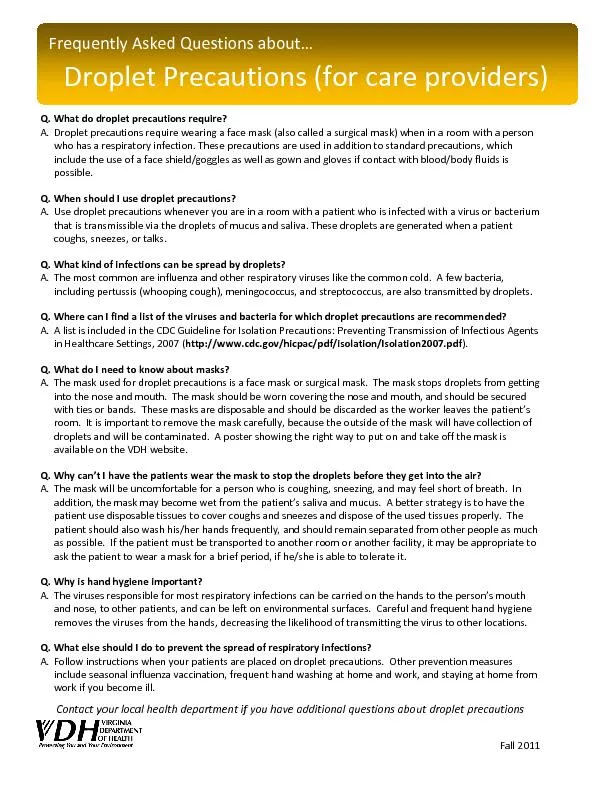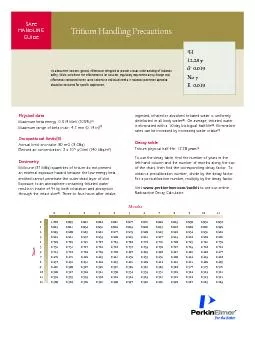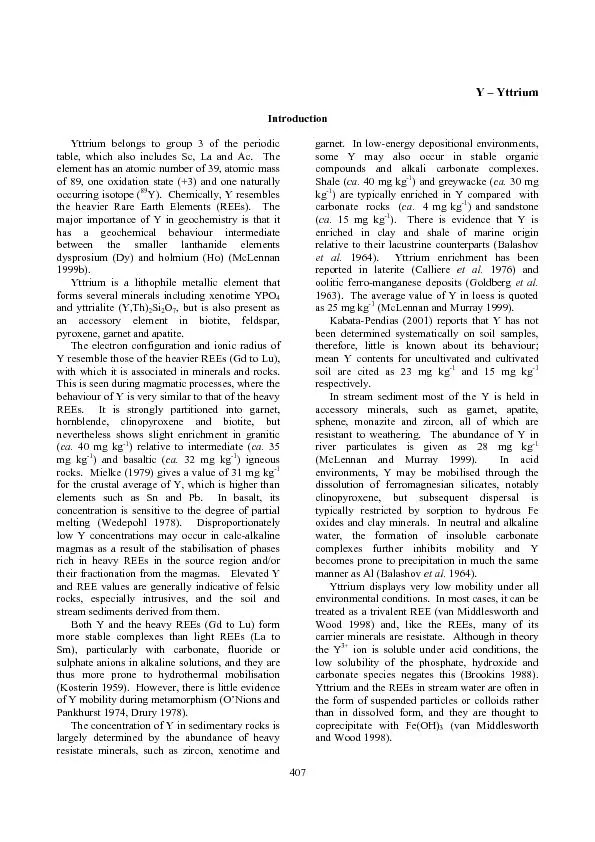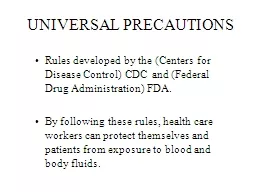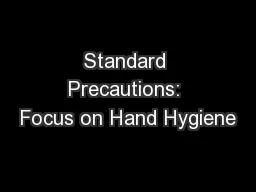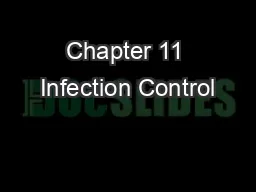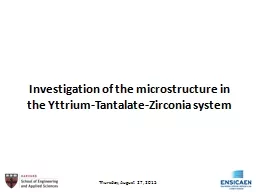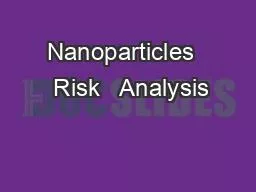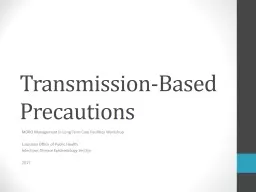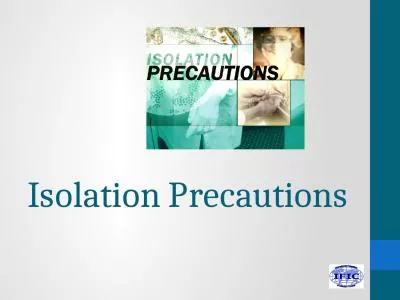PDF-HANDLING Yttrium-90 Handling Precautions
Author : min-jolicoeur | Published Date : 2015-12-11
Days 641 h Physical dataMaximum beta energy 228 MeV 100Maximum range of beta in air 9 m 30 ftMaximum range of beta in water 11 mm 043 inOccupational limits excreted
Presentation Embed Code
Download Presentation
Download Presentation The PPT/PDF document "HANDLING Yttrium-90 Handling Precautions" is the property of its rightful owner. Permission is granted to download and print the materials on this website for personal, non-commercial use only, and to display it on your personal computer provided you do not modify the materials and that you retain all copyright notices contained in the materials. By downloading content from our website, you accept the terms of this agreement.
HANDLING Yttrium-90 Handling Precautions: Transcript
Download Rules Of Document
"HANDLING Yttrium-90 Handling Precautions"The content belongs to its owner. You may download and print it for personal use, without modification, and keep all copyright notices. By downloading, you agree to these terms.
Related Documents

